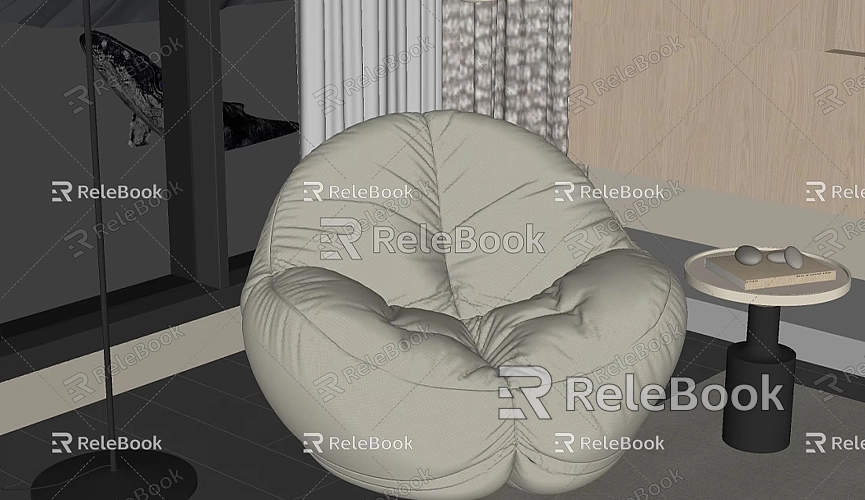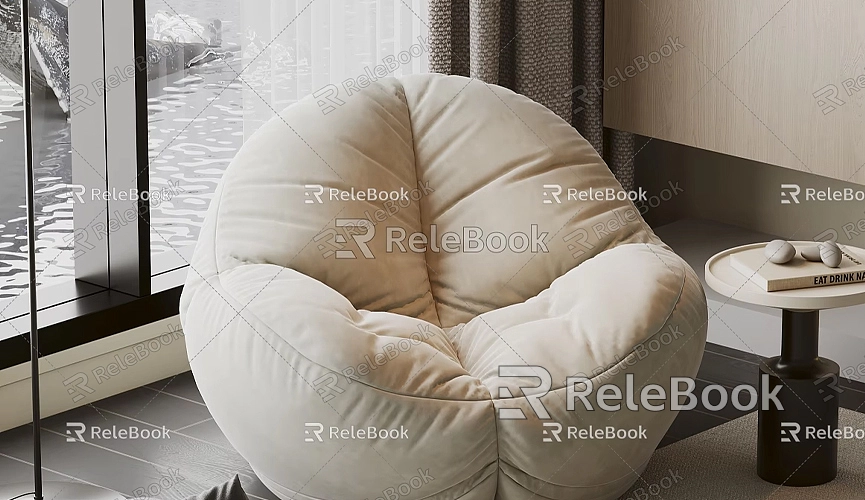How to Clean Up SketchUp Model in Rhino
When working with 3D modeling in SketchUp and Rhino, it's common to import SketchUp models into Rhino for further editing and processing. However, due to differences in file formats and modeling techniques between the two software, directly imported SketchUp models may carry unnecessary geometric information or become cluttered and irregular due to complex surfaces and lines. In these cases, it's important to clean up these models in Rhino for better editing and usability.
This article will provide a detailed guide on how to clean up SketchUp models imported into Rhino, along with practical tips to make your models more streamlined and organized. We will also share methods to improve modeling efficiency, ensuring a smoother workflow.

Why Clean Up SketchUp Models?
SketchUp is a highly flexible 3D modeling tool, but it can sometimes generate excess geometry, such as overlapping faces, unclosed surfaces, and duplicate lines. When these models are imported into Rhino, these unnecessary details not only affect the model's visual representation but also increase file complexity, making subsequent edits more challenging. Therefore, cleaning up this unnecessary information after importing the model into Rhino is crucial.
How to Import SketchUp Models into Rhino
Before starting the cleanup process, you first need to import the SketchUp model into Rhino. Follow these steps to import your model:
1. Open your model file in SketchUp.
2. Select the “File” menu, click “Export,” and then choose “3D Model.”
3. In the export settings, select a universal 3D format such as `.dae`, `.obj`, or `.fbx`, all of which are well-recognized by Rhino.
4. Open Rhino, choose the “File” menu, and select the “Import” option to choose the file you just exported from SketchUp.
Once the model is imported, you can begin the cleanup and optimization process.
Main Steps for Cleaning Up SketchUp Models
Remove Duplicate Lines and Faces

SketchUp sometimes generates duplicate lines and faces, which not only occupy space but can also clutter the view in Rhino. In Rhino, you can use the `SelDup` command to select duplicate geometries and press the delete key to remove them. Clearing these unnecessary elements will make the model look much cleaner.
Merge Adjacent Faces and Lines
The imported model may contain many small, adjacent faces and lines, creating a disorganized appearance. In Rhino, you can use the `MergeAllFaces` and `Join` commands to combine these adjacent faces and lines. This not only simplifies the model visually but also facilitates future editing tasks.
Check and Repair Unclosed Surfaces
Sometimes, SketchUp models may show unclosed surfaces after import, preventing the model from forming a complete solid. In Rhino, you can use the `ShowEdges` command to check for unclosed edges in the model, and repair these unclosed surfaces by manually connecting or redrawing these parts.
Simplify Complex Geometry
Some models imported from SketchUp can be very complex, containing numerous small details and polygons that slow down Rhino's performance. To improve efficiency, you can use the `ReduceMesh` command to decrease the polygon count of the model. By appropriately simplifying the model, you can reduce computational load and file size without affecting its overall shape.
Additional Optimization Tips
Use Layers to Organize the Model
Utilizing layers in Rhino can help you better manage your model. You can place different parts on separate layers, making it easier to hide or lock certain layers during cleanup and editing, thereby avoiding accidental modifications. For example, you can place walls, doors, windows, and furniture on different layers for easier management.
Remove Unnecessary Materials and Textures
Models imported from SketchUp may carry some unwanted materials and textures. Cleaning up these excess materials in Rhino can reduce file size and enhance model loading and manipulation speed. Use Rhino's `Material Editor` to view and delete unnecessary materials.
Use Rhino Plugins for Automated Cleanup
Rhino offers numerous plugins that can help users clean and optimize models more efficiently. Tools from plugins like `MeshLab` and `Grasshopper` can automate the processes of model simplification and cleanup. If you frequently handle complex models imported from SketchUp, consider trying these plugins.
How to Reduce Cleanup Work in SketchUp
While you can clean up SketchUp models in Rhino, reducing unnecessary geometry in SketchUp can significantly decrease the subsequent workload. Here are a few methods to optimize your model in SketchUp:
- Delete Unnecessary Details: Ensure only key model details are retained; unnecessary decorations and small objects can be removed.
- Use Simple Geometry: Strive to utilize simple shapes and geometries, as these will be easier to handle when imported into Rhino.
- Avoid Overlapping Faces and Lines: During modeling, make sure there are no overlapping faces and lines to eliminate the need for cleanup time in Rhino.
Cleaning up SketchUp models imported into Rhino is an important step to enhance work efficiency and ensure model quality. By correctly using Rhino's tools and commands, you can effectively remove excess geometry, merge adjacent faces and lines, and repair unclosed surfaces, ultimately achieving a clean and organized model. To further reduce cleanup work, develop good modeling habits in SketchUp to ensure your models are in optimal condition before import.
If you need high-quality 3D textures and HDRI for creating models and virtual scenes, you can download them for free from [Relebook](https://textures.relebook.com). For exquisite 3D models, visit [Relebook](https://3dmodels.relebook.com), which offers a wealth of premium 3D resources.
Mastering the effective use of Rhino and SketchUp can significantly boost your modeling efficiency and design capabilities. Effectively handling these models in your projects will streamline your design process and ultimately lead to better design outcomes.

